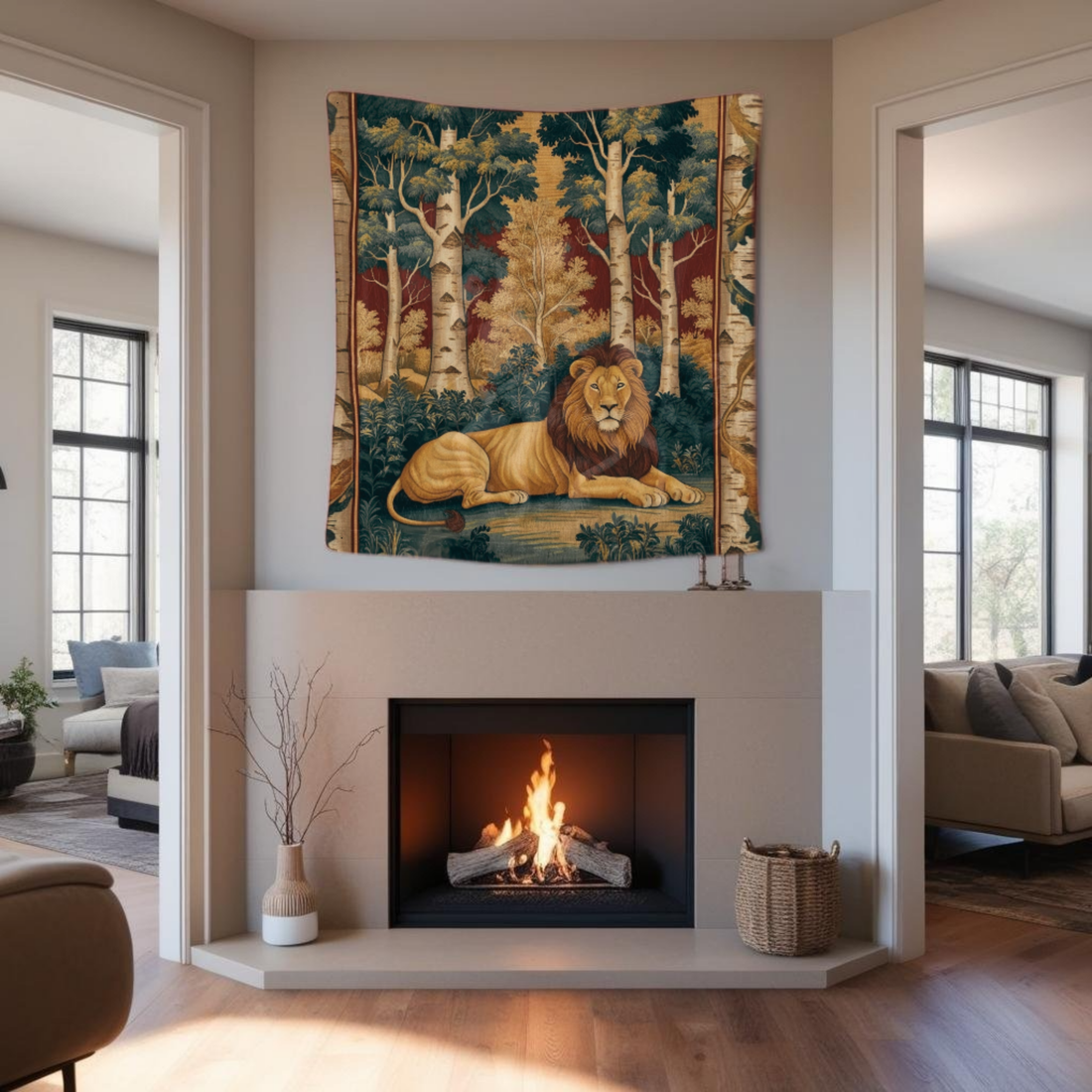
Medieval Decor: From Mead Halls to Modern Homes.
From Mead Halls to Modern Homes: The Timeless Allure of Medieval Decor
Picture yourself stepping into a medieval mead hall—massive wooden beams overhead, walls draped with grand tapestries, and the warm glow of flickering candlelight reflecting off ornately carved oak furniture. These halls, once central to early Scandinavian and Anglo-Saxon societies, weren’t just places for feasting; they were showcases of craftsmanship, tradition, and status. And while centuries have passed, the medieval aesthetic still resonates, finding its way into modern homes through rustic furnishings, dramatic lighting, and rich textures.
So, what keeps medieval decor relevant today? At its core, it embodies durability, artistry, and a connection to history—qualities often lost in the era of fast furniture and mass production.
Tapestries: More Than Just Wall Art
Medieval tapestries were as practical as they were decorative. In drafty stone castles, they provided much-needed insulation while also telling stories of battles, legends, and noble lineages. Some of the most famous examples include the Bayeux Tapestry and The Lady and the Unicorn series, both of which remain sources of artistic inspiration. Today, while few people are commissioning handwoven wall hangings, modern reproductions capture the same sense of depth and warmth, adding a cozy, historical touch to contemporary spaces.
Furniture Built to Last
Medieval furniture was all about function and longevity—solid oak, walnut, or elm, joined using time-tested mortise-and-tenon techniques. High-backed chairs, sturdy trestle tables, and intricately carved chests weren’t just practical; they were designed to withstand generations of use. While today’s "medieval-inspired" furniture often substitutes solid wood for MDF or veneers, high-end reproductions still embrace traditional craftsmanship. Whether in a farmhouse-style dining table or a Gothic-style headboard, the medieval aesthetic persists in pieces that prioritize weight, structure, and hand-carved details.
Lighting: The Glow of a Bygone Era
Before electricity, medieval interiors relied on natural daylight and fire-based lighting—rushlights, oil lamps, and wax candles (a luxury mostly reserved for the wealthy). Iron sconces, candelabras, and torches created an intimate, flickering ambiance that we still find appealing today. That same warm glow can be recreated with medieval-inspired chandeliers, candle-style wall sconces, and lantern-like fixtures, lending a touch of old-world charm to modern interiors.
Architectural Elements That Stand the Test of Time
Some features of medieval architecture remain unmistakably iconic—vaulted ceilings, Gothic arches, and heavy wooden doors with iron hardware. Wrought iron railings, stained glass accents, and stone fireplaces also continue to make their way into modern homes, particularly in Gothic Revival and Tudor-style designs. While heraldic crests and suits of armor may be more niche in today’s decor, subtle medieval influences can still be found in textured walls, carved woodwork, and even the occasional castle-inspired turret in luxury homes.
Why Medieval Decor Still Works Today
Despite its ancient roots, medieval-inspired design offers something refreshingly different from today’s sleek, minimalist trends. It brings warmth, depth, and a sense of history into modern spaces, blending old-world grandeur with contemporary functionality. Whether it’s through a solid wood dining table, an antique-style chandelier, or an intricately woven tapestry, medieval decor allows us to step back in time—without giving up modern comforts.
References
1. Blair, J. (2018). “Building Anglo-Saxon England.” Princeton University Press. [DOI: 10.1515/9780691182830]
2. Cohen, K. (2011). “The History of Furniture: From Medieval to Modern.” Thames & Hudson.
3. Turner, R. (1997). “Medieval Tapestries and Their Influence.” Yale University Press.
4. Eames, P. (1977). “Furniture in England, France, and the Netherlands from the Twelfth to the Fifteenth Century.” H.M. Stationery Office.
5. Christie, C. (2000). “Lighting the Medieval Home: Rushlights, Candles, and Chandeliers.” Architectural Journal of Historical Design, 12(3), 45-60.
6. Hearn, K. (2018). “Gothic Revival Interiors and Their Lasting Influence.” Oxford Art Journal, 41(2), 112-130.
